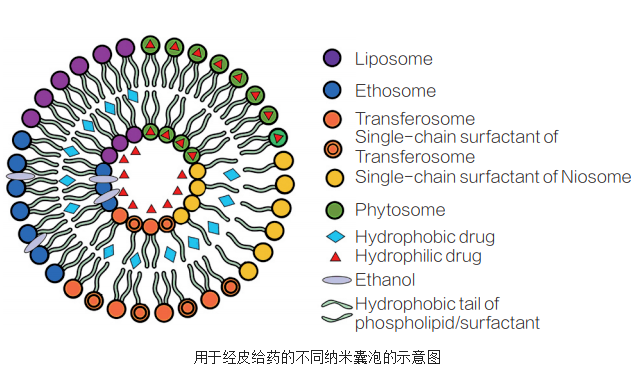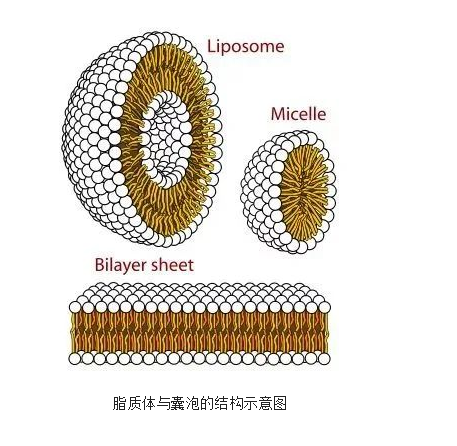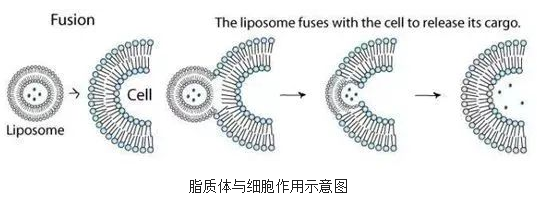The world of skin care is ultimately technology — Nano mask material
In recent years, more and more “ingredient parties” have emerged in the skin care industry. They no longer listen to advertisements and beauty bloggers’ planting grass at will, but learn and understand the effective ingredients of skin care products by themselves, so as to choose skin care products suitable for them.
With the increasingly fierce competition among skin care brands, more and more brands are pursuing “more ingredients” to “useful ingredients”. Skin care ingredients supported by black technology are more and more popular, forming a situation that “the primary ingredient party looks at ingredients, and the senior ingredient party looks at technology”.
Pay attention to the new products of domestic and foreign head brands, and find that these head brands are accelerating the upgrading of raw materials and technology, so that new products can attract more consumers, and new technology can lead the industry to enter a new track. The rise of the science and technology party is actually a signal of intensified internal entanglement for cosmetics practitioners.
The 2025 outlook report on the application of science and technology in the beauty industry shows that the integration of beauty and technology is developing in depth, and the cutting-edge technology based on biological science will continue to help the R & D and production of innovative beauty products. The beauty industry enabled by science and technology will usher in an explosion, and the market scale will reach about 1 trillion yuan by 2025.
The research and development of nano pharmaceutical preparations has become the mainstream direction of the current international medical and pharmaceutical community, and the application of innovative Structure of liposomes and vesiclespharmaceutical preparation technologies such as nano carrier technology in functional cosmetics has been encouraged and supported by the state.
Because the human epidermis is difficult to penetrate, nutrition is difficult to reach the deep layer of the skin, which greatly affects the use effect of skin care products. Nanocarrier technology emerged as the times require, mainly solving the problems of targeted delivery, drug slow-release, transdermal absorption and so on. The commonly used nanocarriers include liposomes, hydrogel carriers, micelles, microcapsules, liquid crystal systems, supramolecules, etc.
The use of nanocarriers to deliver skin care efficacy ingredients into skin care target sites and cells through skin targeted delivery, slow-release and long-lasting, effectively solving the industry common technical problem of traditional efficacy cosmetics that are difficult to absorb through skin. Nanocarriers also have the functions of improving the solubility and water dispersibility of the functional ingredients of insoluble cosmetics, improving the stability of light sensitive and heat sensitive functional ingredients, and improving the compatibility of functional ingredients.
As early as 1965, British scholars Bangham and Standish found that phospholipids can spontaneously form bilayer vesicles (micelle) in water through electron microscopy, and named them liposomes. This became one of the major discoveries in the pharmaceutical field in the 20th century.
The Pearl on the crown of nanocarriers — liposomes
Since the basic structure of biological plasma membrane is also a phospholipid bilayer membrane, liposomes have a similar structure to biological cells, so they have good biocompatibility, so they are also called “artificial biofilm”. Liposomes use this compatibility to achieve targeted or efficient drug delivery. Ideal liposomes should have good histocompatibility, low toxicity, suitable drug encapsulation and release capacity.
As the name implies, the main component of liposomes is “lipids”. The more common liposomes are generally made of phospholipids and cholesterol, which are endogenous substances existing in organisms, have good compatibility with tissues and are non immunogenic.
Customized raw material scheme for liposomes
Trade name of raw material: defense against aging liposome
Compound encapsulation scheme: liposome + retinol + astaxanthin + coenzyme Q10
Raw material efficacy: compact and wrinkle resistant
Recommended usage: 5% – 10%
Applicable products: Essence water, essence, facial mask, gel, lotion, cream


